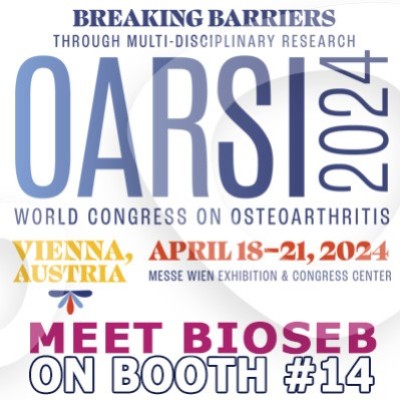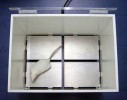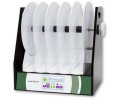Authors
J.D. Koch, D.K. Miles, J.A. Gilley, C.-P. Yang, S.G. Kernie.
Lab
University of Texas Southwestern Medical Center, Department of Pediatrics and Department of Developmental Biology, Dallas, Texas, USA.
Journal
Journal of Cerebral Blood Flow and Metabolism
Abstract
Patterns of hypoxic-ischemic brain injury in infants and children suggest vulnerability in regions of white matter development, and injured patients develop defects in myelination resulting in cerebral palsy and motor deficits. Reperfusion exacerbates the oxidative stress that occurs after such injuries and may impair recovery. Resuscitation after hypoxic-ischemic injury is routinely performed using 100% oxygen, and this practice may increase the oxidative stress that occurs during reperfusion and further damage an already compromised brain. We show that brief exposure (30_mins) to 100% oxygen during reperfusion worsens the histologic injury in young mice after unilateral brain hypoxia–ischemia, causes an accumulation of the oxidative metabolite nitrotyrosine, and depletes preoligodendrocyte glial progenitors present in the cortex. This damage can be reversed with administration of the antioxidant ebselen, a glutathione peroxidase mimetic. Moreover, mice recovered in 100% oxygen have a more disrupted pattern of myelination and develop a static motor deficit that mimics cerebral palsy and manifests itself by significantly worse performance on wire hang and rotorod motor testing. We conclude that exposure to 100% oxygen during reperfusion after hypoxic-ischemic brain injury increases secondary neural injury, depletes developing glial progenitors, interferes with myelination, and ultimately impairs functional recovery.
BIOSEB Instruments Used:
Aron Test or Four Plates Test (LE830),Rotarod (BX-ROD)

 Douleur - Allodynie/Hyperalgésie Thermique
Douleur - Allodynie/Hyperalgésie Thermique Douleur - Spontanée - Déficit de Posture
Douleur - Spontanée - Déficit de Posture Douleur - Allodynie/Hyperalgésie Mécanique
Douleur - Allodynie/Hyperalgésie Mécanique Apprentissage/Mémoire - Attention - Addiction
Apprentissage/Mémoire - Attention - Addiction Physiologie & Recherche Respiratoire
Physiologie & Recherche Respiratoire
 Douleur
Douleur Métabolisme
Métabolisme Système moteur
Système moteur Neurodégénérescence
Neurodégénérescence Thématiques transversales
Thématiques transversales Système musculaire
Système musculaire Functions de motricité générale
Functions de motricité générale Troubles de l'humeur
Troubles de l'humeur Autres pathologies
Autres pathologies Articulations
Articulations Système Nerveux Central (SNC)
Système Nerveux Central (SNC)  Système sensoriel
Système sensoriel Bioseb on booth #14 at OARSI 2024 in Vienna
Bioseb on booth #14 at OARSI 2024 in Vienna 
